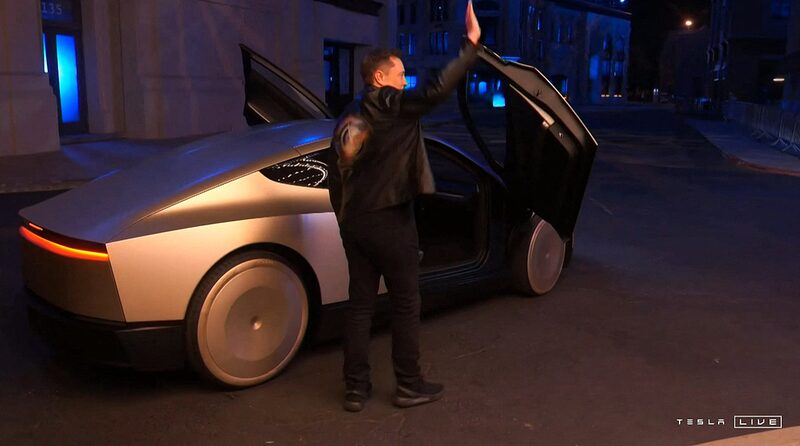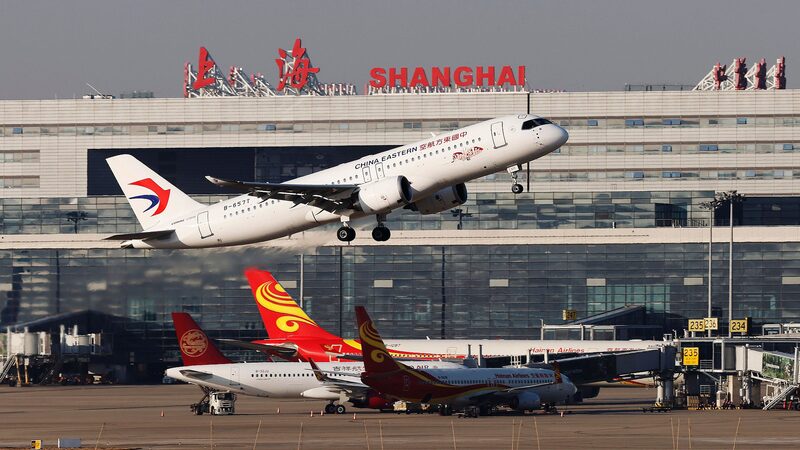Wuhan, dubbed China’s 'Motor Valley,' is racing ahead as the epicenter of the country’s robotaxi revolution. Autonomous vehicles from tech giant Baidu are now handling over 20 daily rides per car during peak hours, rivaling traditional taxis in popularity, according to government-linked reports. 🌆 But what’s fueling this surge—and is it here to stay?
Safety First? The Tech Behind the Wheel
Baidu’s Apollo Go fleet, equipped with its latest Level 4 autonomous driving tech, claims safety standards comparable to China’s homegrown C919 passenger jet. With 100 million kilometers logged and no major incidents reported (until a minor July collision involving a red-light-running pedestrian), Baidu insists these cars are built for reliability. 🛡️ Remote safety operators monitor vehicles 24/7, adhering to strict government guidelines.
Why Wuhan—and Why Now?
Wuhan’s automotive legacy and tech-forward policies make it a testing ground for innovation. Apollo Go now covers 3,000+ sq km of the city, serving 7.7 million residents. But it’s not just Wuhan: Baidu and rivals like Pony.AI are expanding services to Beijing, Shanghai, and beyond. 💡 Competitive pricing, clean interiors, and curiosity are driving adoption. 'Chinese consumers love trying new things,' says industry expert Zhang Junyi.
What’s Next for Robotaxis?
While challenges like regulatory hurdles and competition with human drivers persist, Baidu’s viral Weibo trends signal a cultural shift. Could this be the start of a global transport trend? For now, Wuhan’s streets are writing the playbook. 🚀
Reference(s):
Wuhan leads China's embrace of robotaxis. What's behind the surge?
cgtn.com





